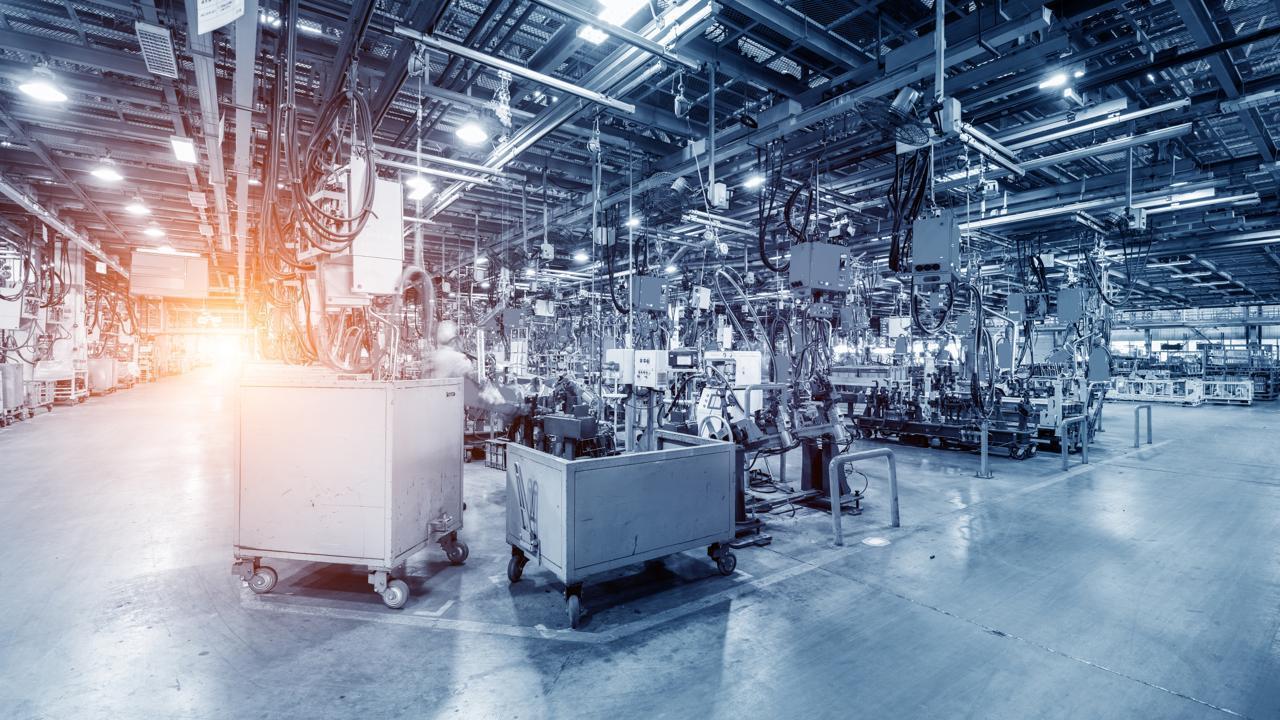
Post by : Amit
The Intelligent Shift in Manufacturing Is Underway
The manufacturing world is in the midst of a monumental transformation. Factories that once ran on manual processes and traditional automation are now evolving into highly intelligent, data-driven ecosystems. Thanks to the convergence of artificial intelligence (AI), digital twins, and collaborative robots (cobots), production floors are becoming more adaptable, predictive, and efficient than ever before.
This shift isn’t happening in isolation. It's being driven by market pressures—ranging from labor shortages and supply chain volatility to consumer demand for faster, more customized goods. As a result, manufacturing enterprises across sectors are adopting smart technologies not only to stay competitive but to future-proof their operations.
What Are Digital Twins and Why They Matter
Digital twins are virtual replicas of physical assets, systems, or processes. Powered by real-time data and advanced simulations, they offer manufacturers a dynamic window into their factory floor. Imagine a production line mirrored in the cloud—where engineers can test changes, monitor performance, and predict outcomes without touching the actual equipment.
This technology isn’t just theoretical. Companies are deploying digital twins across everything from automotive assembly lines to electronics manufacturing. These twins integrate data from IoT sensors, enterprise systems, and historical analytics to simulate real-world behavior under different conditions. The result? Better decisions, faster innovation cycles, and a significant reduction in downtime.
For example, if a turbine begins to show signs of unusual vibration, the digital twin can model potential failures before they happen. Engineers can simulate repair scenarios or operating conditions that avoid breakdowns altogether. It’s predictive maintenance on a whole new level.
The Growing Role of AI in Manufacturing Intelligence
Artificial Intelligence is the brain behind the smart factory. It processes vast volumes of data from machines, supply chains, and even weather conditions to generate actionable insights. Through machine learning algorithms, AI detects patterns invisible to the human eye—whether it's a bottleneck on a production line or a potential defect in a batch of components.
Manufacturers are increasingly using AI for real-time quality control. Cameras paired with AI software can detect micro-defects in components faster and more accurately than human inspectors. In pharmaceuticals, AI is accelerating drug formulation by modeling chemical reactions that would take months of lab work.
AI is also transforming supply chain logistics. By predicting inventory needs and anticipating disruptions, manufacturers are avoiding stockouts or costly overstocks. A case in point is how AI helped many companies reroute their supply chains during COVID-19, ensuring continuity despite global disruptions.
Cobots: The Cooperative Colleagues on the Shop Floor
Unlike traditional industrial robots that operate in isolation due to safety concerns, collaborative robots—or cobots—are designed to work alongside human workers. Equipped with advanced sensors and safety features, cobots handle repetitive or dangerous tasks while humans focus on more skilled operations.
Cobots are now found in sectors as varied as electronics, packaging, and even food processing. They load parts, conduct inspections, and manage delicate assembly work with impressive precision. But more importantly, they adapt quickly. When paired with AI and digital twin technologies, a cobot can be retrained in hours instead of days, ensuring flexibility in high-mix, low-volume manufacturing environments.
One example is a German electronics firm that deployed cobots to assemble custom circuit boards. Instead of needing a unique line for every product variation, cobots switch tools and workflows on the fly based on input from the factory’s digital twin. This approach has slashed changeover times by 80% and boosted throughput dramatically.
Real-Time Collaboration: When AI, Twins, and Cobots Combine
The synergy between these three technologies—AI, digital twins, and cobots—is where true transformation occurs. Imagine a scenario where a digital twin predicts a machine failure. AI confirms the diagnosis and recommends a response. A cobot then carries out the physical task of replacing or repairing the part—without halting the entire line. That’s not science fiction; it’s already happening in some smart factories.
The key to this collaboration is seamless data integration. AI algorithms need accurate, real-time information from machines and sensors. Digital twins require constant data input to remain accurate representations of their physical counterparts. And cobots need both physical data and instructions from intelligent systems to operate safely and efficiently.
Cloud platforms, edge computing, and 5G networks are making this level of integration possible. With faster data transmission and processing, decisions that once took hours now happen in seconds. This acceleration is critical in industries like automotive and aerospace, where downtime is measured in millions of dollars per hour.
Transforming Workforce Dynamics
The rise of intelligent manufacturing doesn’t mean replacing humans—it’s about augmenting them. As cobots handle manual tasks, operators are being upskilled to manage, program, and collaborate with these new machines. AI-driven dashboards are empowering supervisors with real-time KPIs, allowing them to focus on strategy rather than firefighting operational issues.
Educational institutions and industry groups are already adapting to this shift. New training programs focus on robotics integration, data literacy, and AI systems management. The goal is to create a workforce that’s as agile and intelligent as the factories they’ll run.
Moreover, this technology-driven shift is drawing younger talent into manufacturing. With the stigma of “dirty, dull, and dangerous” jobs fading, many young engineers and technologists now see manufacturing as an exciting, high-tech career path.
Challenges and Cautions Along the Way
Despite the promise, integrating AI, digital twins, and cobots is not without hurdles. Cybersecurity is a major concern—especially when machines, people, and cloud platforms are all interconnected. Ensuring that AI algorithms are transparent and free of bias is another challenge. Manufacturers must also ensure that sensor data feeding these systems is accurate and reliable; garbage data leads to poor decisions.
Moreover, the investment required for these technologies—especially for small and mid-sized enterprises—can be daunting. ROI may not be immediate, and cultural resistance can stall even the best technology deployments.
Yet, the momentum is undeniable. Governments and industry consortiums are offering funding, training, and standardization support to help manufacturers of all sizes jump aboard the smart factory train.
Real-World Case Studies Demonstrate Impact
In Japan, an automotive parts supplier used digital twins and AI to reduce cycle times by 25% while improving quality scores. In the U.S., a major food manufacturer integrated cobots into its packaging line, reducing labor costs and boosting output by 15%. Meanwhile, in Sweden, a heavy machinery manufacturer linked all its production lines via digital twins, enabling centralized oversight and real-time adjustments that cut downtime by half.
Each of these examples shares a common theme: smarter, more responsive factories that can pivot quickly in a rapidly changing global economy.
What Lies Ahead
The future of manufacturing lies in intelligence—systems that sense, learn, and adapt in real time. AI, digital twins, and cobots are not isolated technologies but part of a broader ecosystem that will define Industry 5.0. In this future, machines and humans will work in close harmony, balancing precision with creativity, efficiency with empathy.
We can expect to see further convergence of these technologies with blockchain (for traceability), AR/VR (for immersive training), and quantum computing (for ultra-fast simulations). As this digital maturity deepens, companies will evolve from reactive operations to truly predictive, autonomous manufacturing ecosystems.
It’s a journey, not a destination. But one thing is clear—those who embrace intelligent automation today will shape the manufacturing world of tomorrow.
AI in Manufacturing, Digital Twins in Industry
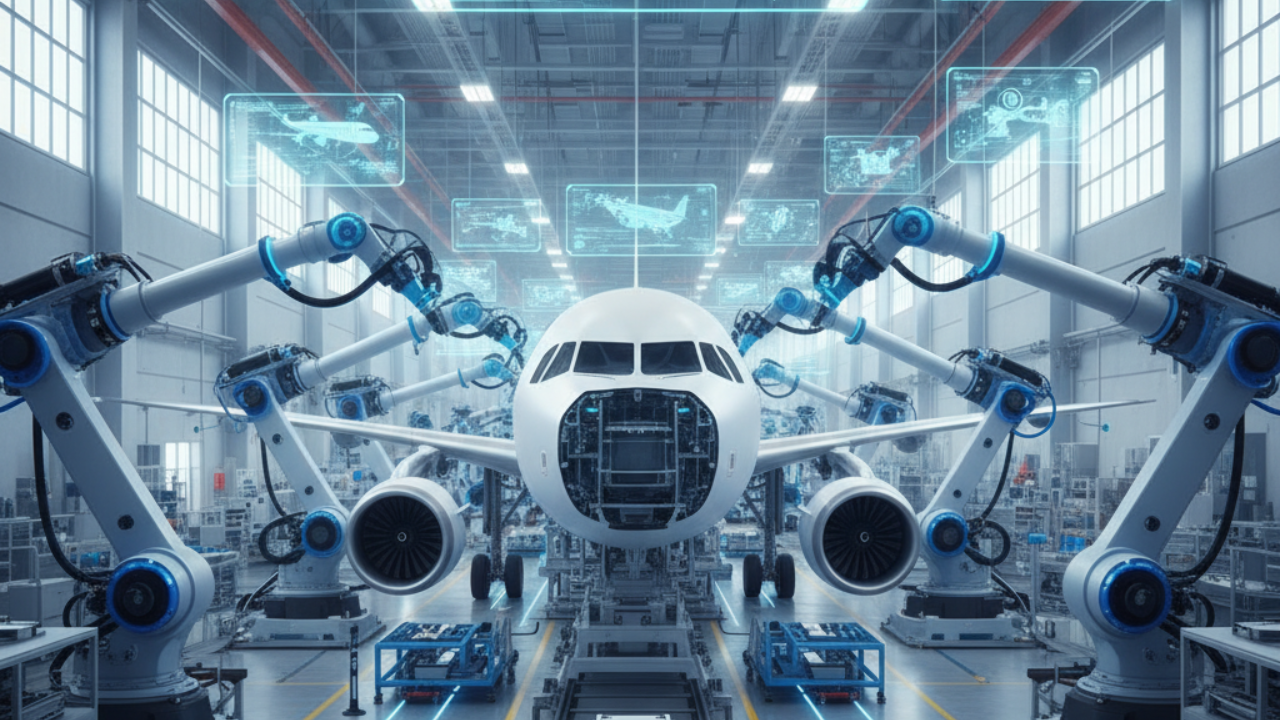
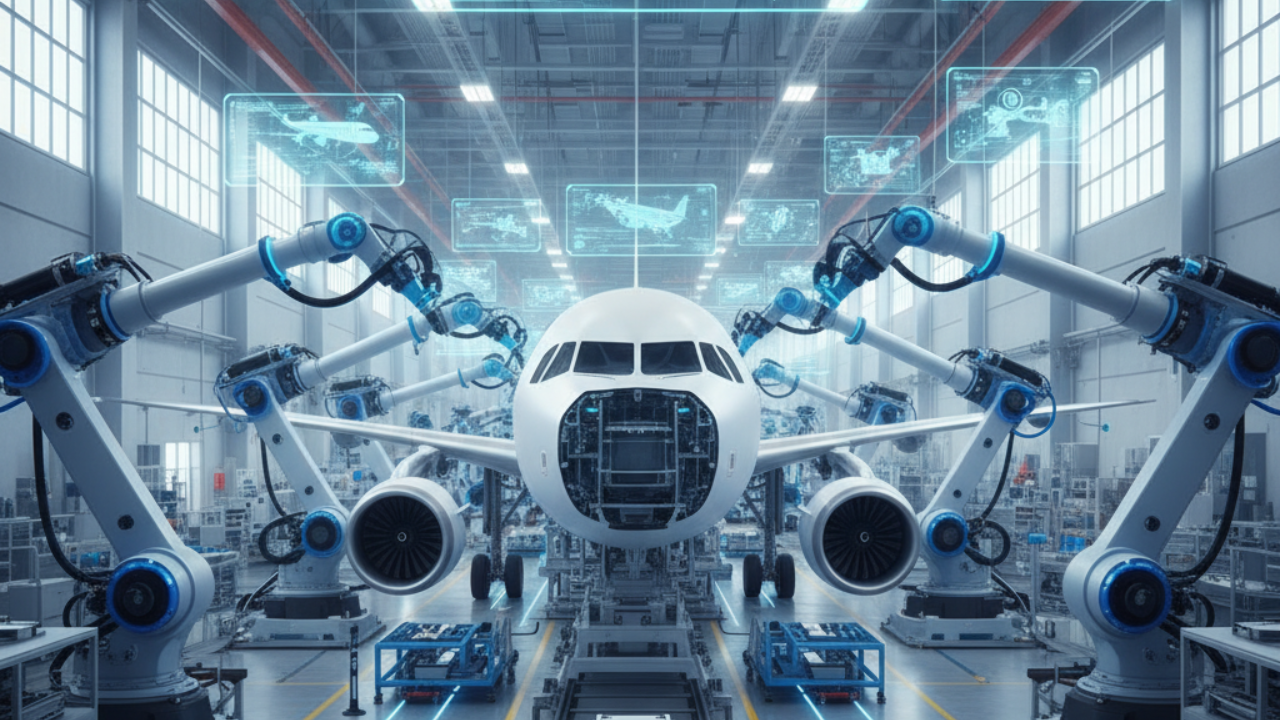
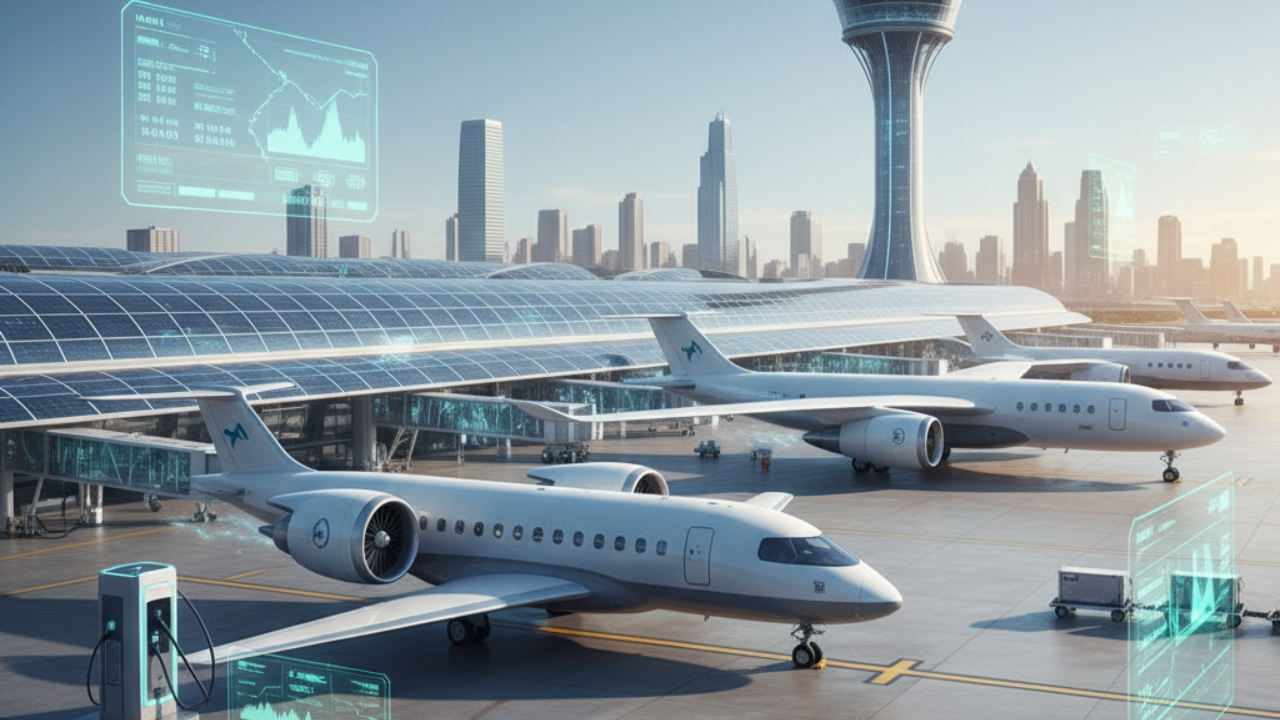
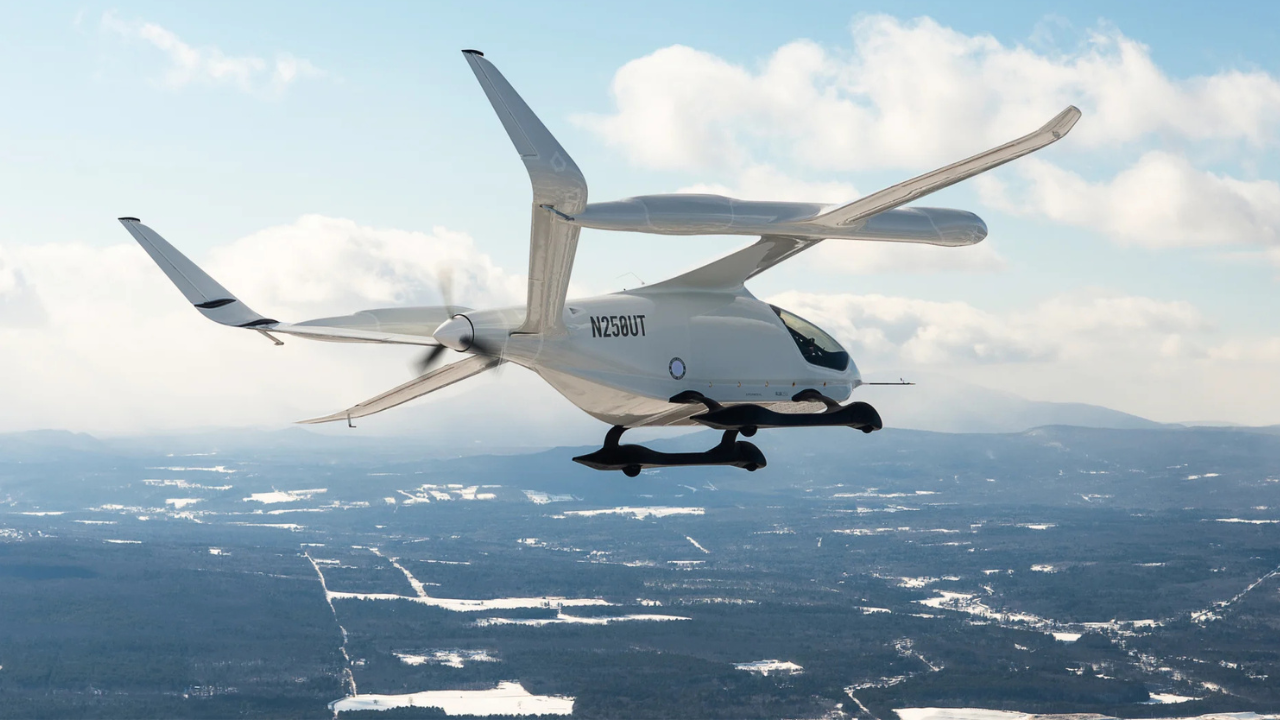
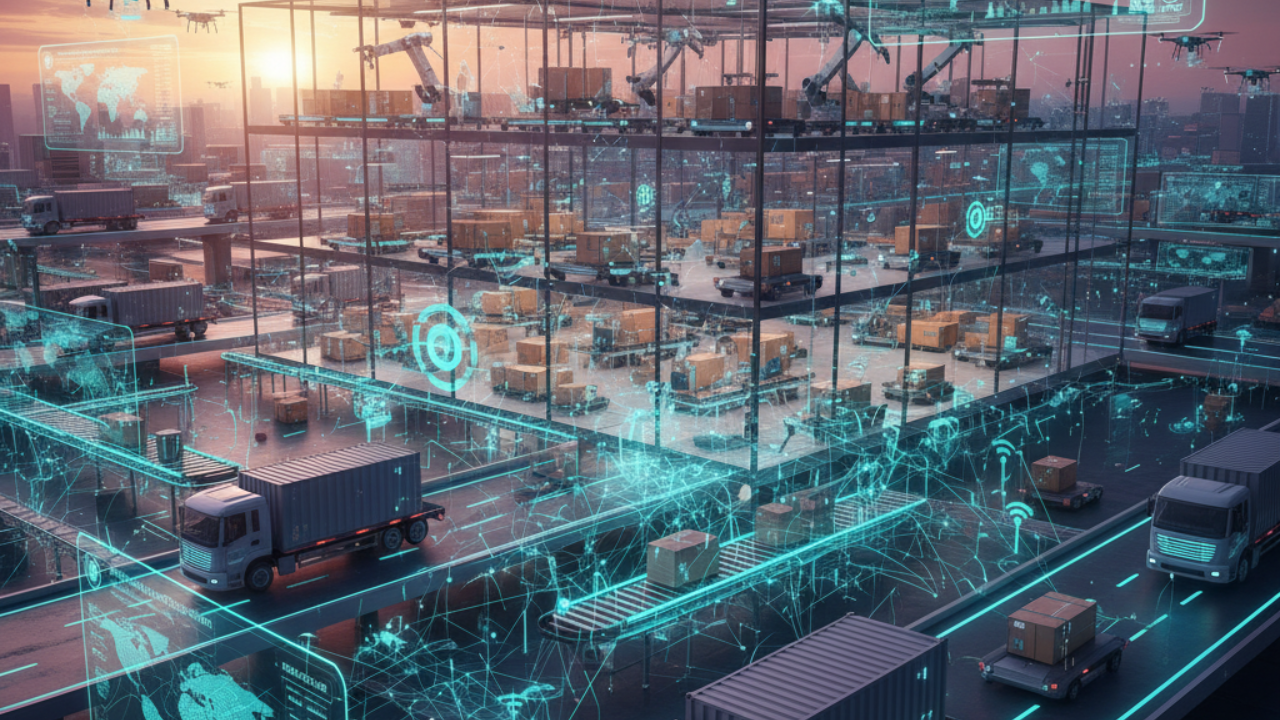
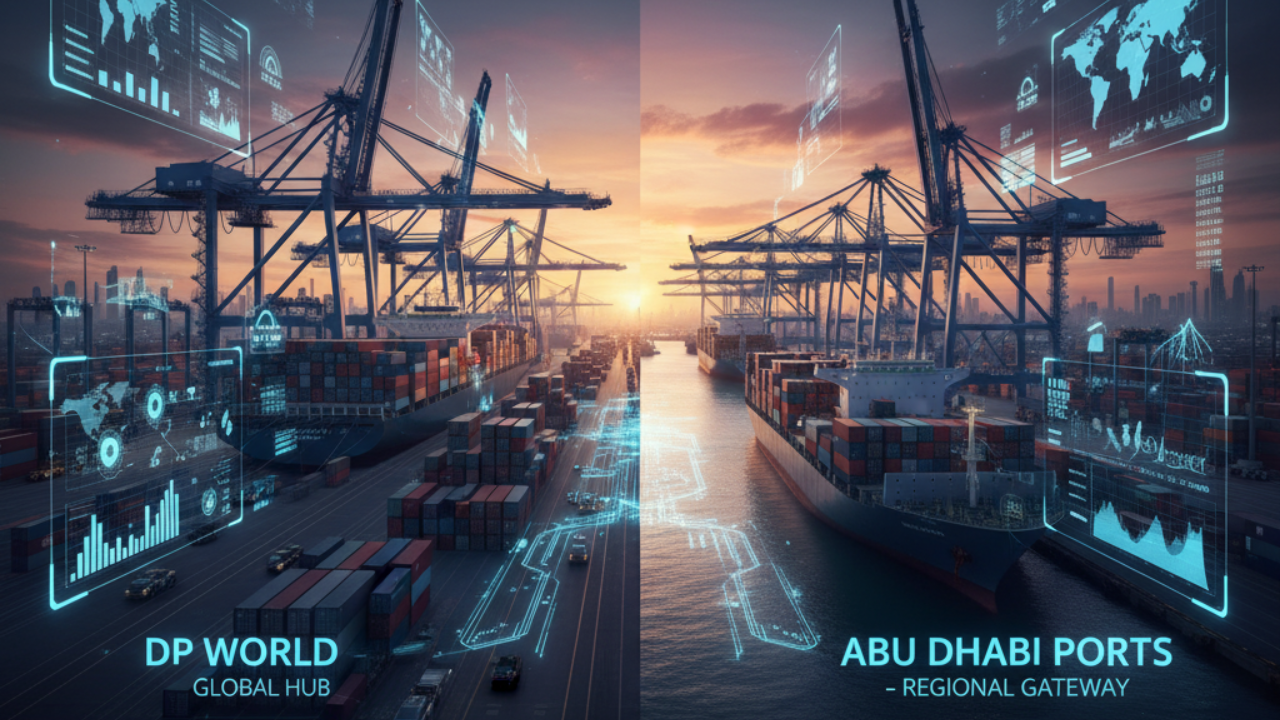
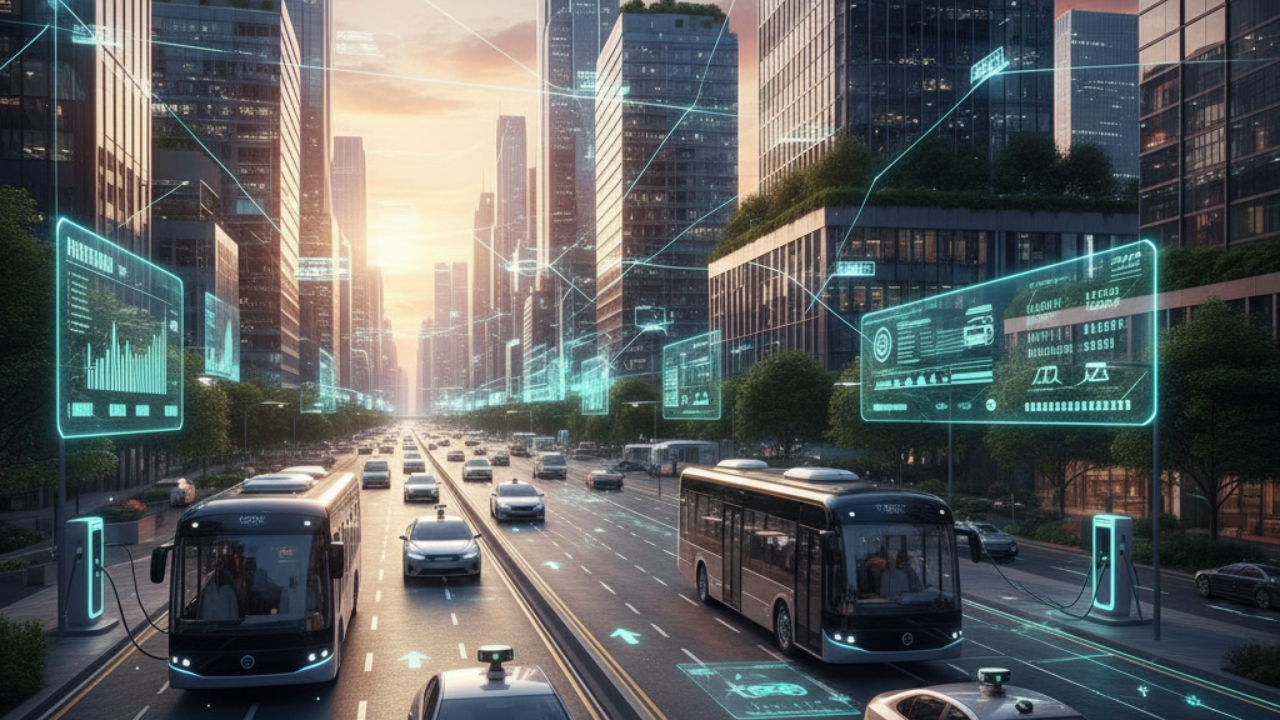
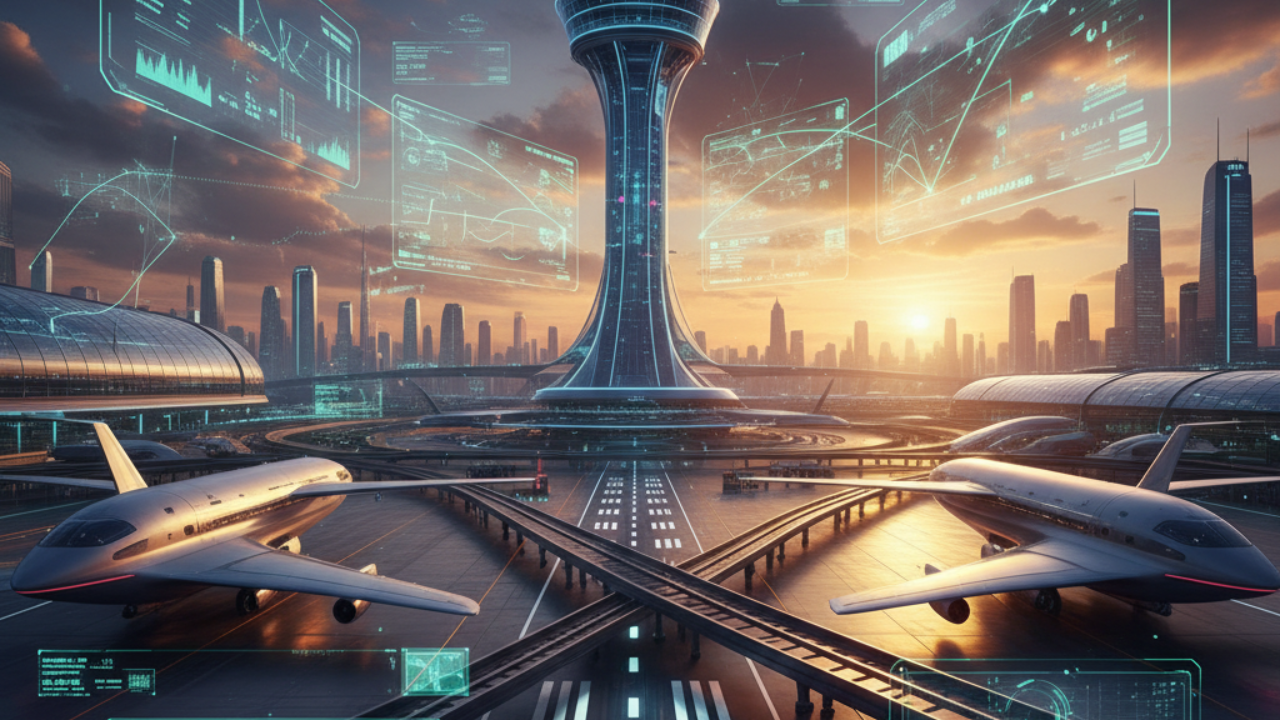


Bengaluru-Mumbai Superfast Train Approved After 30-Year Wait
Railways approves new superfast train connecting Bengaluru and Mumbai, ending a 30-year demand, easi

Canada Post Workers Strike Halts Nationwide Mail and Parcel Services
Canada Post halts operations as CUPW strike disrupts mail and parcel delivery nationwide amid disput

PM Modi Launches BSNL ‘Swadeshi’ 4G Network, 97,500 Towers Built
India enters global telecom league as PM Modi inaugurates BSNL’s indigenous 4G, connecting 26,700 vi

India’s Iconic MiG‑21 Takes Final Flight After Six Decades of Service
After 60 years India retires its MiG‑21 fighter jet, a legendary yet controversial warplane marking

Hindustan Zinc unveils AI hotspot monitoring at Debari smelter
Hindustan Zinc launches AI-powered Switchyard Hotspot Monitoring at Debari smelter to cut outages bo

Chinese experts worked inside sanctioned Russian drone plant
Chinese drone specialists visited IEMZ Kupol supplying parts and drones via intermediaries, deepenin